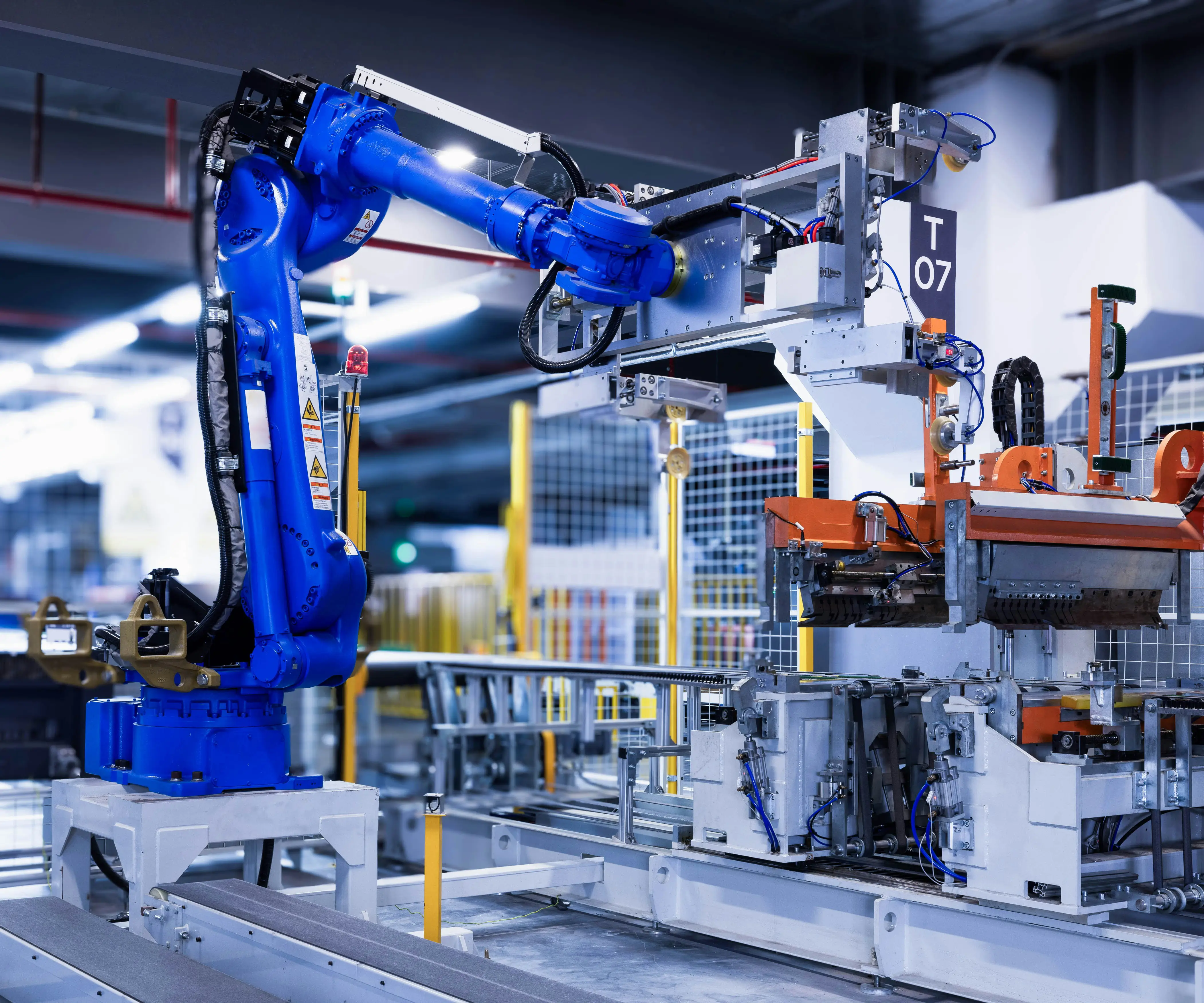In the rapidly evolving landscape of automation and robotics, precision, reliability, and adaptability are more than mere buzzwords—they are the foundation upon which innovation is built. Among the myriad components that make modern automation possible, the 12 volt servo motor with a 90 degree gearbox stands out as a quintessential example of engineering elegance and practical utility.

At its core, a servo motor is designed to provide precise control over angular position, velocity, and acceleration. Unlike basic motors that simply run forward or reverse, servo motors can be finely tuned to achieve accurate and repeatable movements—a feature that is vital in applications ranging from industrial automation to hobbyist robotics. When combined with a 90 degree gearbox, the capabilities of these motors are transformed, allowing users to harness high-torque output in a compact form factor, and with manageable installation.
Understanding the Basics: The 12 Volt Servo Motor The 12 volt supply is a common standard because it strikes a good balance between power and safety. It allows for relatively simple power management while providing enough electrical energy to drive high-performance motors in various applications. These servo motors typically feature a small, brushless or brushed design that can be integrated seamlessly into electronic systems.
What makes 12 volt servo motors particularly appealing is their versatility. They are used in everything from remote-controlled cars and drones to industrial robotic arms. The internal construction often incorporates advanced brush technologies or brushless designs that improve durability, efficiency, and lifespan. Moreover, many models come with feedback systems—like potentiometers—that relay the current position of the motor shaft back to the control system, ensuring pinpoint accuracy.
The Significance of the 90 Degree Gearbox Pairing a servo motor with a 90 degree gearbox is a strategic choice that maximizes both power and precision. A gearbox, or gear reducer, is a mechanical device that adjusts the output speed and torque of a motor. The 90 degree configuration is especially favored because of its ability to change the direction of the rotational output by a right angle, making it ideal for applications where space constraints or design considerations necessitate a change in axis.
This gearbox typically employs gear trains—such as spur gears, helical gears, or planetary gears—that work in unison to reduce speed while exponentially increasing torque. For example, a common 12 volt servo motor might spin at several thousand RPM but, when coupled with a 90 degree gearbox, the output shaft delivers a much slower, more controllable rotation. The reduction ratio can vary but often ranges between 10:1 and 50:1, depending on the requirements.
One of the main benefits of a 90 degree gearbox setup is its ability to deliver high torque in a compact space. This makes it suitable for applications where mounting space is limited, but high load capacity is necessary. Plus, the right-angled configuration simplifies integration into complex mechanical systems, especially in robotics where multiple joints and axes are involved.
Why Choose a 12 Volt Servo Motor with a 90 Degree Gearbox? The combination of a 12 volt servo motor and a 90 degree gearbox is a popular choice for engineers and hobbyists alike, thanks to several compelling advantages:
Compact Design: The right-angled gearbox allows for an efficient use of space, enabling the engineering of slim and streamlined devices or robots.
High Torque Output: Gear reduction multiplies the motor’s torque capabilities, allowing it to handle heavier loads or exert more force, which is essential in robotic grippers, automation arms, or positioning systems.
Accurate Control: Feedback systems integrated within many servo motors, combined with the stability provided by gear reduction, result in high-precision positioning—crucial for tasks that demand meticulous accuracy.
Ease of Installation: The right-angle output simplifies mounting in tight spaces and compatible with standard mechanical interfaces.
Power Efficiency: Managing power wisely at 12 volts makes these motors suitable for battery-operated devices without sacrificing performance.
Cost-Effectiveness: These systems balance affordability with high performance, making them accessible for individual makers, educational institutions, and industrial manufacturers.
Applications Across Industries The applications of 12 volt servo motors with 90 degree gearboxes are practically limitless. In industrial settings, they serve as vital components in robotic assembly lines, conveyor systems, and inspection machines. Their ability to precisely position tools or parts ensures that manufacturing processes are optimized for speed and accuracy.
In the hobbyist arena, remote-controlled vehicles and aircraft benefit from these motors, providing smooth and predictable movements that elevate the user’s experience. Robotics enthusiasts incorporate them into humanoid robots, robotic arms, or automated pan-and-tilt cameras, leveraging their high-torque and control capabilities.
Healthcare devices, such as medical imaging equipment or automated assistance devices, also utilize these servo systems due to their reliability and precision. The automotive industry employs them in applications like adjustable mirrors, seat positioning systems, and automated trunk mechanisms.
Choosing the Right Model Selecting the perfect 12 volt servo motor with a 90 degree gearbox depends on several factors:
Torque Requirements: Determine the load and force needed for your application to select an appropriate gear ratio and motor size.
Speed Needs: Decide the rotational speed your project requires; higher gear reductions translate to slower, more controlled movements.
Size Constraints: Measure available space and choose models with dimensions that fit your design.
Feedback Precision: Consider the resolution and accuracy of feedback systems if your application demands high-precision movements.
Environmental Conditions: Make sure the motor and gearbox are rated for your operating environment, whether it’s high temperature, dust, moisture, or vibration.
In the next part, we will explore real-world examples, maintenance tips, and innovative developments that are pushing the boundaries of what these servo systems can achieve. Whether you are designing a robot, automating a process, or simply indulging in a project, the 12 volt servo motor with its 90 degree gearbox exemplifies the marriage of power, precision, and practicality, opening new horizons for countless applications.
Established in 2005, Kpower has been dedicated to a professional compact motion unit manufacturer, headquartered in Dongguan, Guangdong Province, China.




































